Live 10’s Browser, Collections and File Handling: Step-By-Step (Continued)
Martin Delaney expands on his tutorial of Live 10’s new features and digs deep into Live Packs and the little changes that make life much easier… 7. Live 10 also includes an array of curated Live Packs, providing what you need to get quick genre-ish results, but flexible enough that you can use them for […]
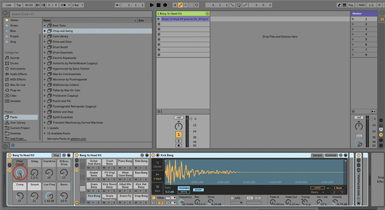
Martin Delaney expands on his tutorial of Live 10’s new features and digs deep into Live Packs and the little changes that make life much easier…
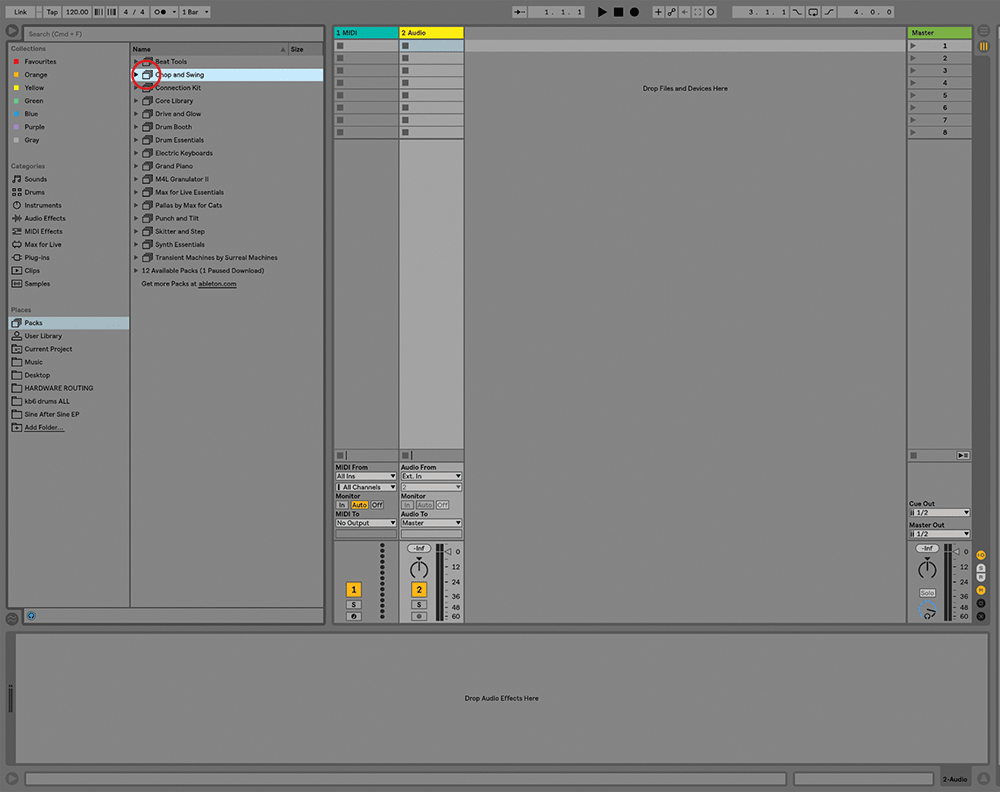
7. Live 10 also includes an array of curated Live Packs, providing what you need to get quick genre-ish results, but flexible enough that you can use them for anything. Read more in the main text.
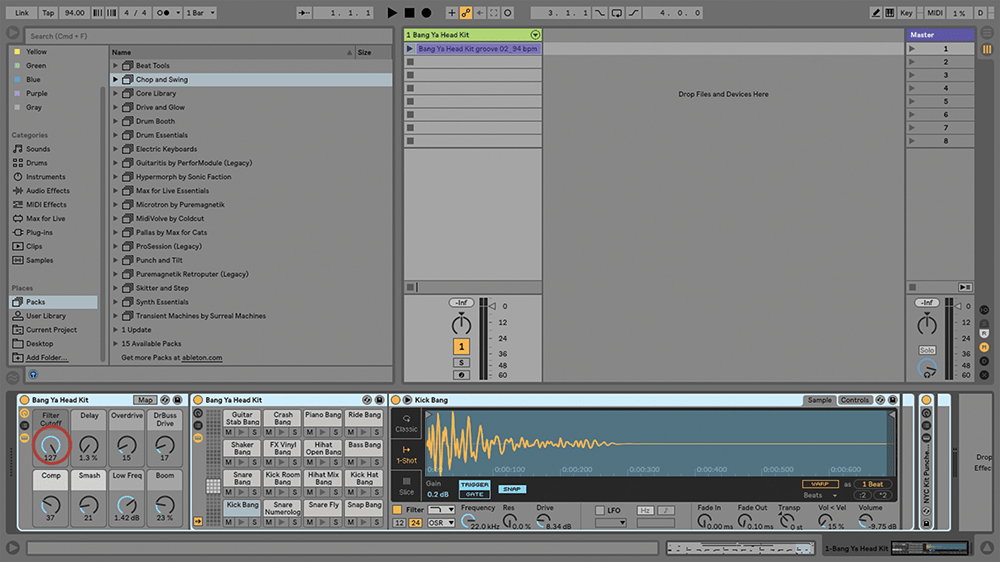
8. The presets in these packs have macro assignments ready to use, so you can quickly get to work with Push or whatever other Live-compatible controller you like to use.
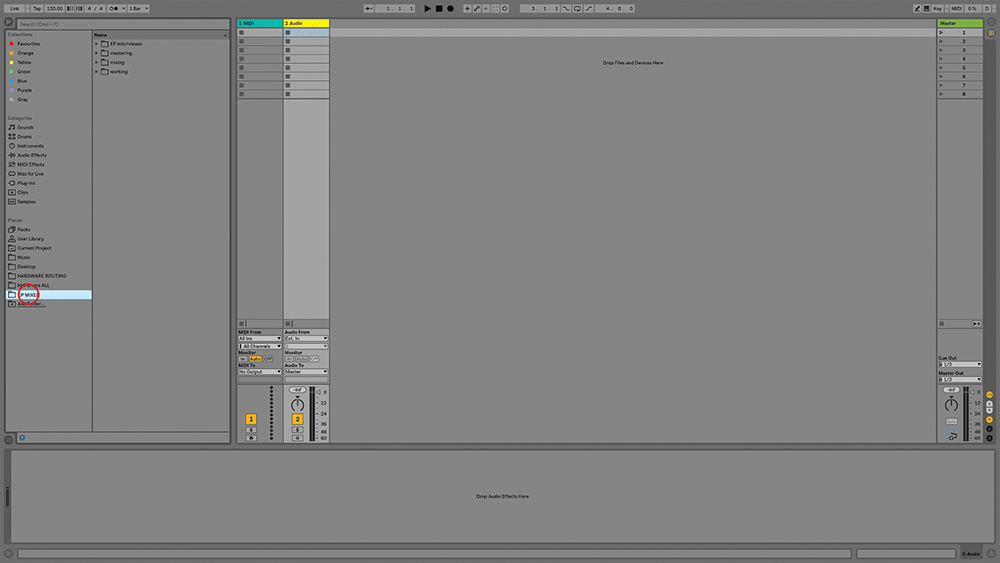
9. You can use the Browser’s Rename command to give folders unique names that show in Live while retaining their original names on the computer. It seems odd at first, but could be another useful organising tool.
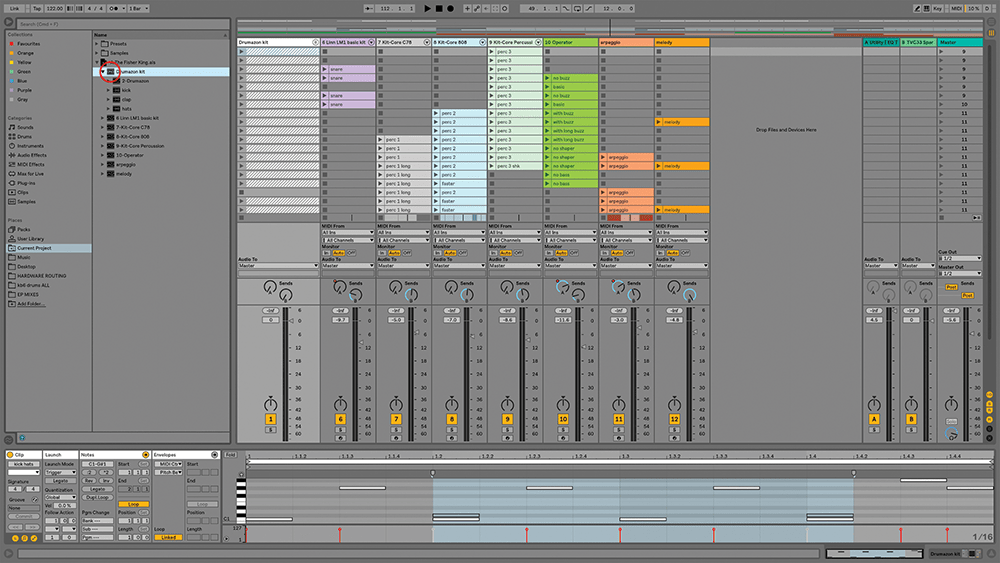
10. Group tracks are now identifiable in the Browser. As you unfold a project, you can burrow down into group tracks and their contents and drag the group, or any part of it, into the current project.
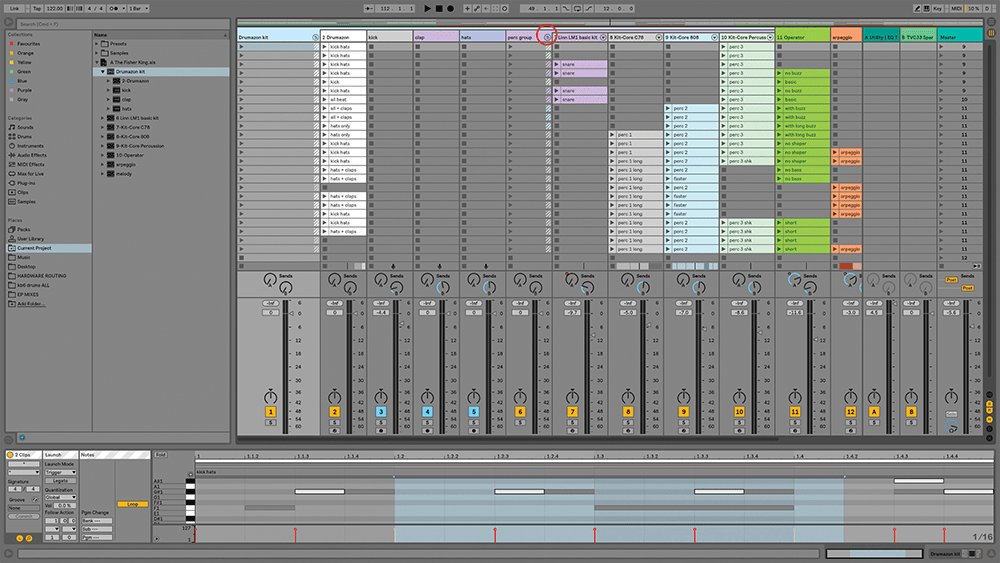
11. Furthermore, in Live 10, we can now create group tracks within other groups, a powerful routing and organisation tool that myself and other users have often wished for in the past.
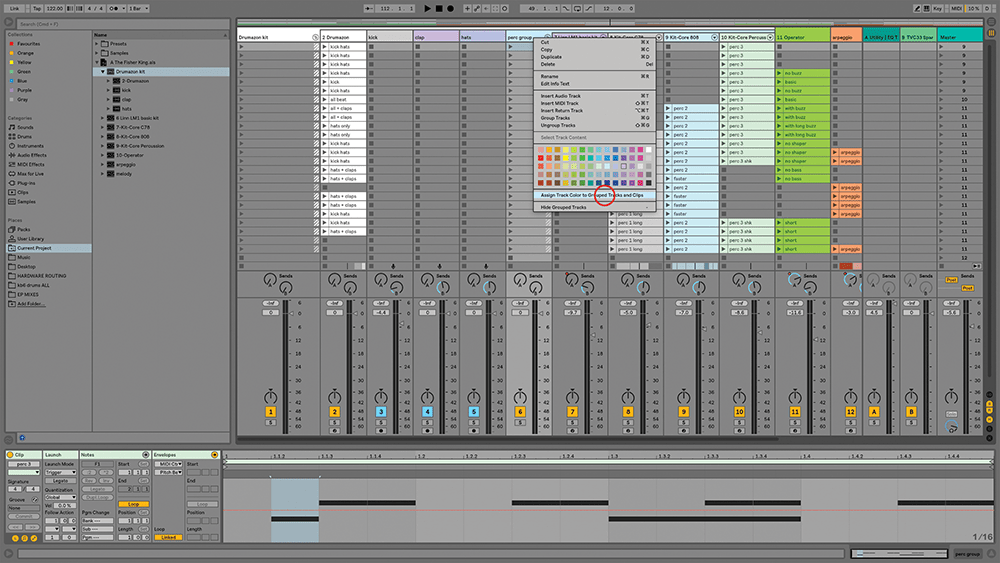
12. There’s a new context-menu command for group tracks – Assign Track Colour To Grouped Tracks & Clips – a colour selection can be applied to a group track and also to all the tracks and clips it contains.
![]()
Audio Naming Other than the new Live Pack management tools, the new naming system for audio recordings is most welcome – being able to search and identify samples by time and date. You can use ‘Collect All and Save’ all day long, but sooner or later, we all get the ‘Media Files are missing’ alert!
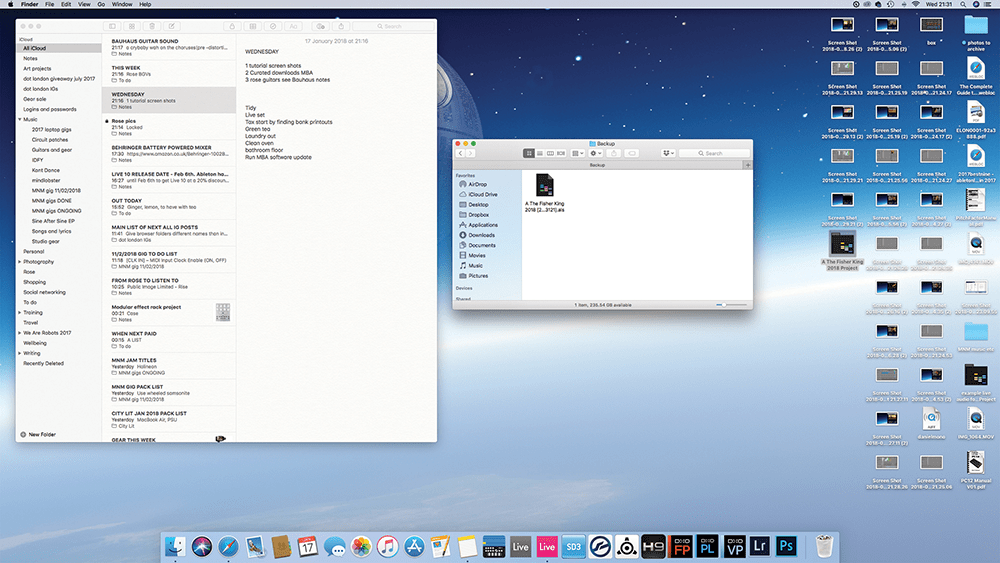
13. We have extra recovery options. When you save a Live set, up to 10 previous versions are kept in the backup folder inside the Project folder. You can go back to any of these at any time.
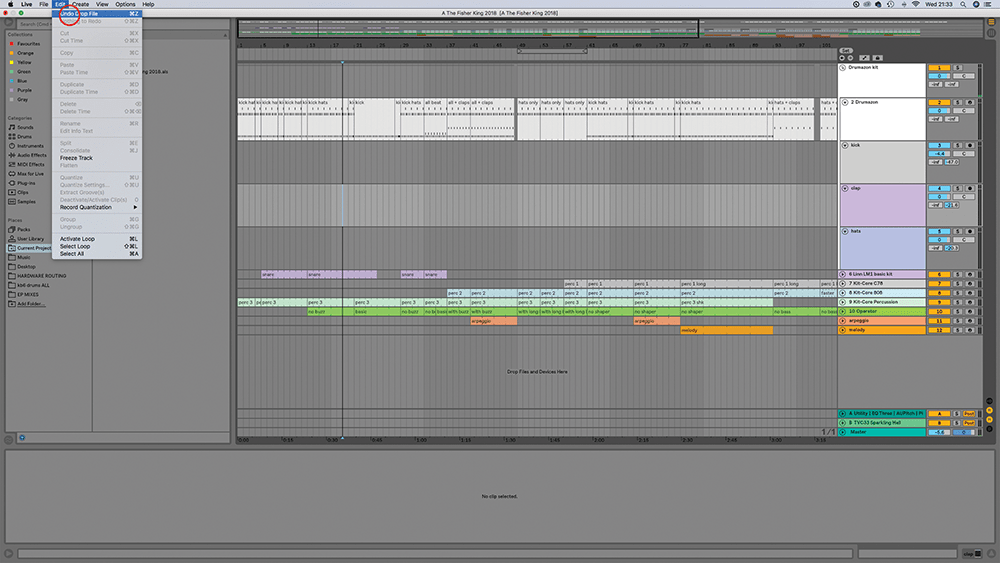
14. On a similar theme, when you save a Live set, the undo history isn’t erased. The history is retained when loading and saving a set, and can be used to rebuild after a crash.
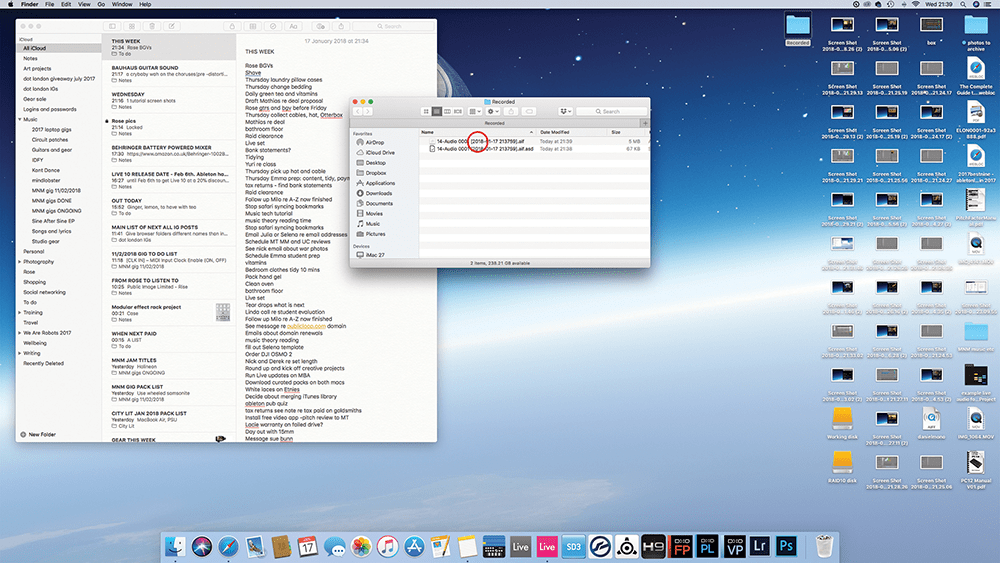
15. You know when you recorded audio in Live 9, it was named something like ‘0001-2 Audio.aif’? And if you’re missing a sample, you have to trawl through maybe thousands of samples with those 000 names?

16. Well, no more. Each new sample has the date and time added, like this: ‘1-Audio 0001 (2018-01-11 192939).aif’, which makes all the difference when you’re using Live’s search tools for missing samples.
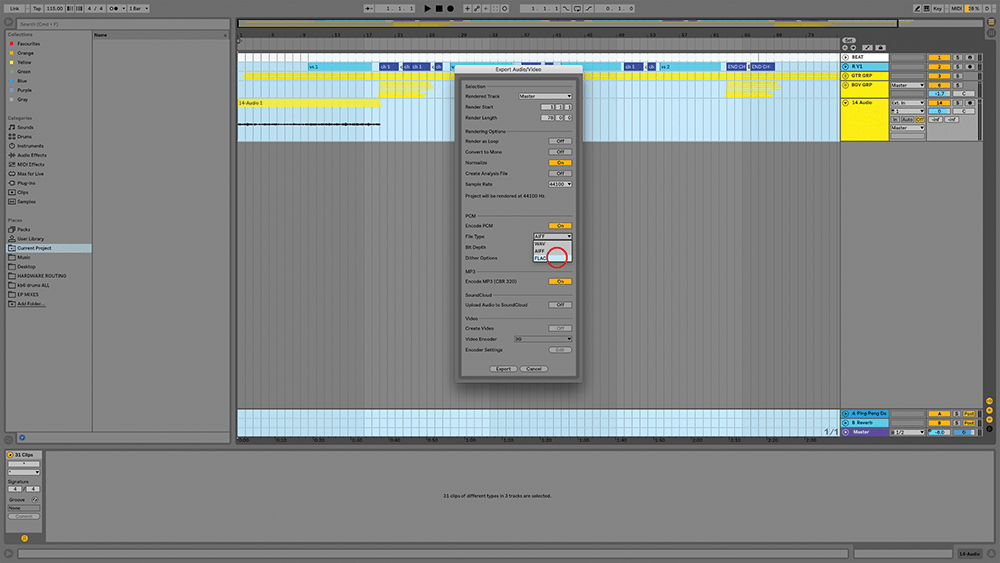
17. Live 9 could export only AIF and WAV files, which meant we had to use other software for a wider range of format conversions. Live 10 adds FLAC, and more commonly used – and long awaited – MP3!
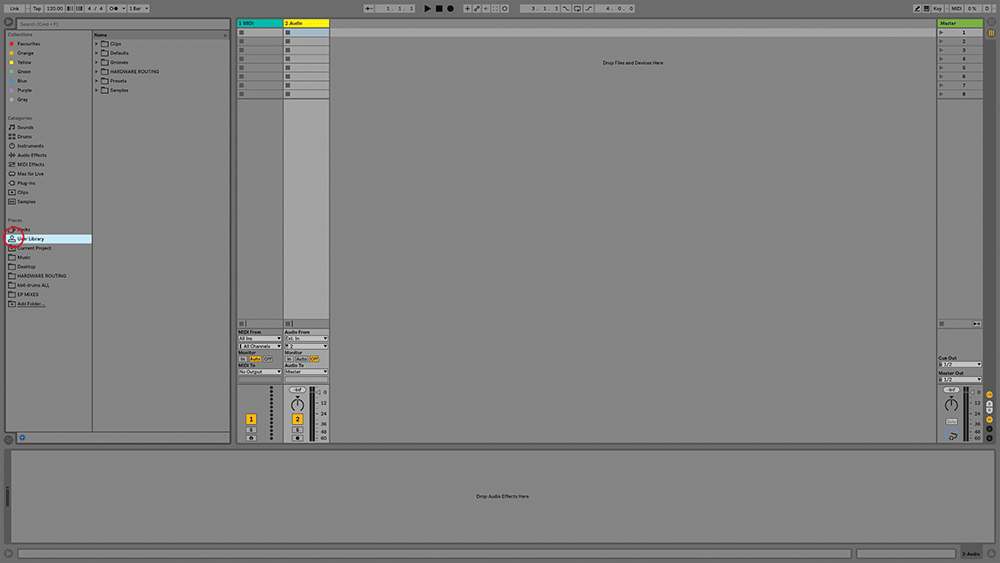
18. Installing Live 10 in demo or full form won’t interfere with your existing installation of Live 9. It’ll show your plug-ins and any user-library content you already had in there.